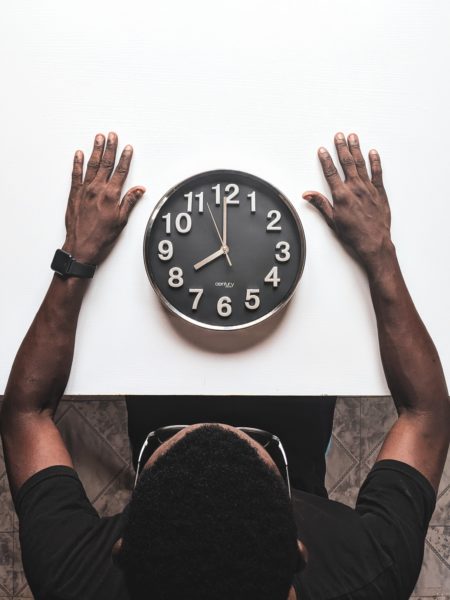
Worldwide, seasonal time transitions for daylight saving time affect 1.6 billion people. They often describe this period of the year as sad and sometimes even say that it generates depressive episodes. For a long time, researchers have tried to determined the link between time transitions and depressive episodes.
Seasonal time transitions can increase the rate of unipolar depressive episodes
Research shows that there is a link between the change to daylight saving time and an increase in the number of unipolar depressive episodes. To do this, they analysed national data from a Danish psychiatric center (Danish Central Psychiatric Research Registry). In total, they worked with 185,419 hospital contacts from 1995 to 2012.
What they found is that the normal number of unipolar depressive episode cases increased by 11% after the switch from summer hour to winter hour. This figure demonstrates that daylight savings time transitions can influence unipolar depressive episodes.
Although scientist are still working on this phenomenon, there is one explanation which already predominates.
Perturbation of the circadian rhythm
For researchers there is a link between seasonal time transitions, modification of the circadian rhythm and an increase in unipolar depressive episodes.
Firstly, when we switch from summer hour to winter hour, daylight exposure suddenly becomes shorter. Indeed, the sun sets an hour earlier and our afternoons become shorter.
Secondly, circadian rhythms are directly influenced by our exposure to light. Therefore, switching to daylight saving time impacts our circadian rhythm by reducing our exposure to sunlight.
And finally, it has been shown that circadian rhythms are involved in the etiology of depressive disorders. For these three reasons, researchers think that it’s the disruption of the circadian rhythm which explains the increase in unipolar depressive episodes.
How LYS contributes to handle this issue
LYS Workplace Wellbeing is a science-based wellness program that helps people improve their sleep, energy levels and mood. Inspired by the latest research on circadian rhythms, the program uses wearable light sensors and an in-app coaching plan. LYS can help people reduce the disruption of their circadian rhythms. Many world-class companies are using our products to boost employee productivity and wellbeing. You can learn more about it on our website.
By providing highly performing sensors for light exposure data collection, LYS is also a key partner in many studies on circadian rhythms and unipolar depression. You can also see how LYS can help you advance your research with a simple and intuitive tool.